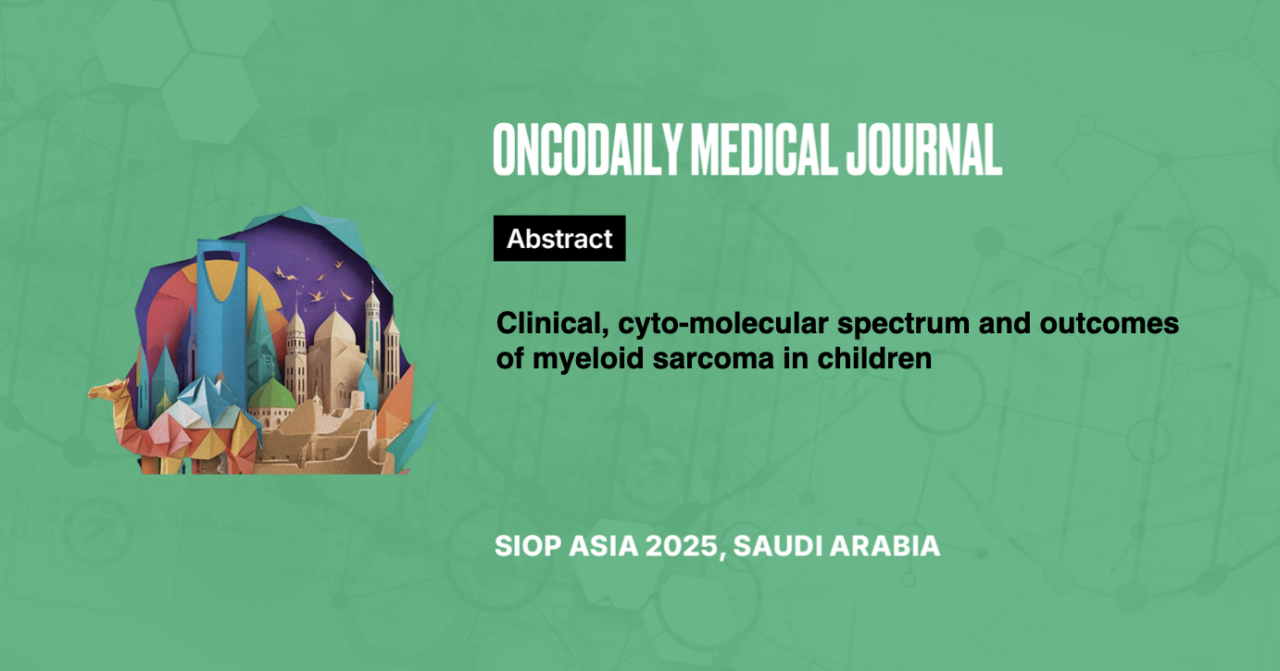Abstract
Introduction: Childhood acute myeloid leukemia (AML) continues to be a cancer with poor overall survival outcomes. Myeloid sarcomas (MS) are extramedullary deposits of leukemic cells in acute myeloid leukemia (AML). It may arise de novo, occur simultaneously with, or precede the diagnosis of acute myeloid leukemia (AML). MS can also present as a manifestation of disease relapse. The incidence of MS in children is up-to 40% with varied outcomes. Accurate diagnosis of MS is crucial for initiating appropriate therapy; however, treatment is often delayed due to a high rate of misdiagnosis. This study aimed to investigate the incidence and cytomolecular characteristics in MS and compare the survival outcomes with non-MS.
Methodology: We gathered data on children under 18 years of age newly diagnosed with AML between January 2021 and August 2024. Baseline characteristics and karyotype information were documented, and next-generation sequencing (NGS) was conducted for patients with normal karyotypes.
Results: Seventy eight patients were enrolled in this study. The incidence of MS was 20.5%, more in males. The most common site was orbit (78%). A significant difference was noted in the occurrence of fever (68.7% vs 90.3%, p-0.04) and pallor (25% vs 62.9%, p-0.01) in children with and without MS. Around 56.2% of children with MS had t(8;21) which was higher than children without MS (12.9%)(p-0.001). The 36 months event-free survival (EFS) and overall survival (OS) in MS were 42% and 54% which were better than the non-MS (EFS-21%, OS-19%). The EFS (42% vs 22%, p-0.92) and OS (62% vs 42%, p-0.77) in MS patients with t(8;21) were better than those without.





